Gone are the days when managing assets meant relying solely on banks. Today, individuals seek secure and user-friendly tools to bring their cryptocurrencies under control. This guide delves into the exciting world of crypto wallet development, exploring the key features that attract users and the factors influencing the cost of launching such a product.
We’ll bypass the traditional financial systems and dive straight into the heart of blockchain technology. Here, you’ll discover the steps involved in creating a crypto wallet app, such as choosing the type of crypto wallet, finding the right development partner, building an MVP, testing the product, and others.
Let’s begin our research to discover how to develop crypto wallet.
What is a blockchain wallet?
A cryptocurrency wallet is an app or platform designed for users to store, trade, purchase, send, and get digital assets. Additionally, it maintains transaction records. It’s essential to note that the wallet itself doesn’t store the assets; rather, it grants users access to their cryptocurrency holdings within the blockchain network. Typically, crypto wallet applications are installed on smartphones or desktops, but they can also exist as browser extensions or physical devices.
In reality, transactions involving crypto assets are essentially transfers of information, not the assets themselves. During these transactions, participants exchange ownership rights of specific cryptocurrencies.
However, the question arises: Is a cryptocurrency wallet application secure? Each wallet contains a security key or a private recovery phrase, also known as a seed phrase, which enhances asset protection.
When conducting transactions, the crypto wallet utilizes public and private keys. To draw a comparison with traditional banking, the public key is akin to a bank account number, serving as the wallet’s address, which users can share with others or financial institutions.
Conversely, the private key functions similarly to a PIN code for a bank card, granting the user access to their wallet assets.
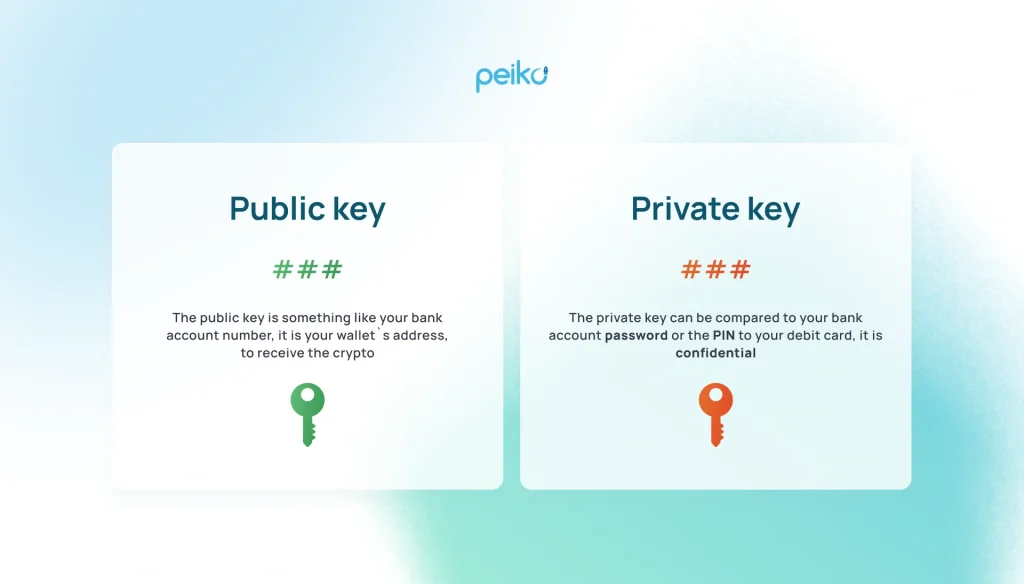
Types of crypto wallets
Picking a crypto wallet application type hinges on diverse factors like usability, regulatory measures, cryptocurrency availability, wallet type, and additional functionalities.
Let’s explore some wallet classifications to understand their unique characteristics for the right blockchain wallet app development.
By operational method
Wallets are categorized into hot (software) and cold (hardware) types based on their operational method.
Hot wallets
They encompass web, mobile, and desktop apps. These are some examples of popular hot wallets:
- Trust Wallet
- MetaMask
- Crypto.com
- BRD
- MyEtherWallet
- Safe (previously Gnosis)
- Exodus
Cold wallets
These crypto wallets store digital assets offline. Cold wallets can work disconnected from the internet. They are regarded as more secure than hot wallets because they are not so exposed to online hacking attempts. Here are some well-known examples of cold wallets:
- Trezor Model T
- Ledger Nano S
- Ledger Nano X
- KeepKey
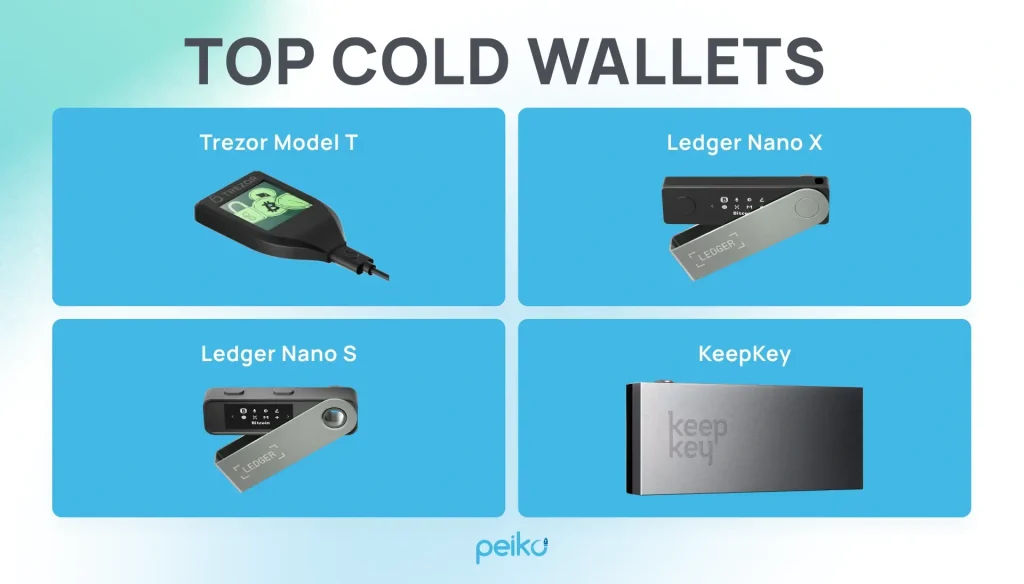
Cold wallets typically have the form of paper wallets, hardware devices, or even offline computer storage.
By governance
Wallets can also be distinguished based on how they store and control store users’ private and public keys.
| Features | Non-custodial | Custodial | Multi-party computation (MPC) |
|---|---|---|---|
| Control | Users control their crypto fully | Third-party entities like crypto exchanges control users’ coins | There are multiple parties, each with their own private key |
| KYC verification for onboarding | Need for minimum or zero KYC (know-your-customer) | KYC while onboarding or off-ramping | KYC policies may vary depending on the platform |
| Restoring options | Lost password equals lost funds | Lost password can be restored | Allows for recovery mechanisms like backup phrases |
| Fees | Users pay all network fees | May cover a percentage of fees | Fees structure may vary, typically user-oriented |
| Security | More vulnerable to cyberattacks | Higher, depends on the third-party entity | Higher, private keys are not stored in one place |
| Examples | Binance, Kraken, Gemini | Ledger, MetaMask, Trezor | Zengo, Liminal, Coinbase |
By device
Let’s delve into non-custodial wallet further, considering their prevalence and types based on the devices they are used on.
- Desktop wallets: These are widely favored among users and require PC installation. All cryptocurrency data and private keys are stored locally on the user’s computer, necessitating additional security measures like two-factor authentication and robust security software.
- Mobile wallets: Offering advanced functionality, mobile wallet applications are installed on smartphones. They facilitate quick access to assets, making them ideal for everyday transactions. Encrypting these wallets with strong passwords and creating backup files is recommended.
- Web wallets: Accessible via regular browsers without software installation, web wallets are considered less reliable. To bolster security, you should add security measures like anti-phishing encryption and two-factor authentication.
- Paper wallets: Paper wallets, which contain wallet keys in QR code format, serve as an alternative to cold storage. This method ensures robust protection against online threats, as private keys and data remain offline.
- Hardware wallets: Resembling flash drives, hardware wallets are deemed the most secure option. They generate private and public keys autonomously and operate independently of the internet. Suited for long-term investments, hardware wallets are favored by crypto enthusiasts and investors seeking heightened security measures.
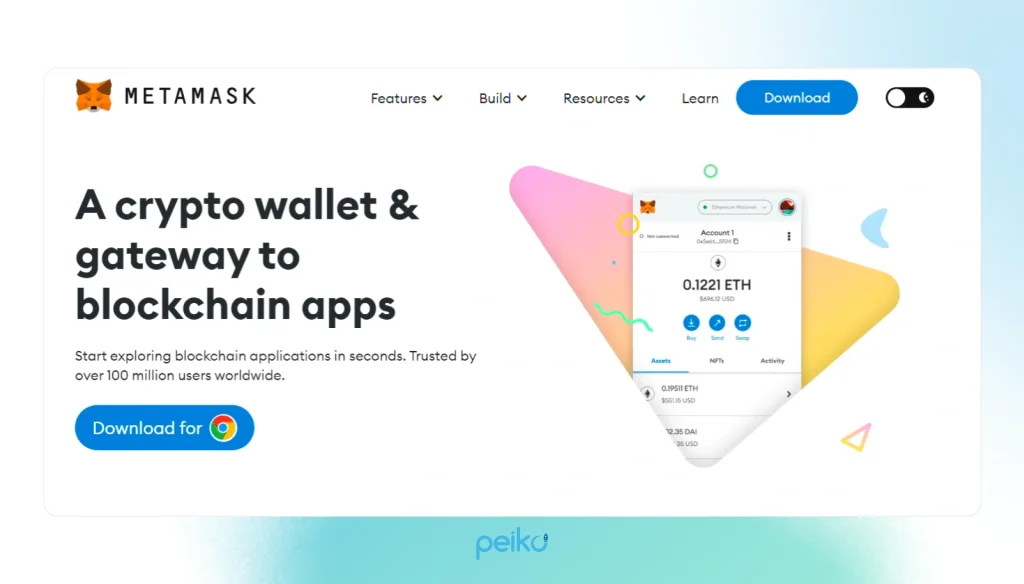
By coins availability
It may come as a surprise, but not all cryptocurrency wallets support every coin listed on platforms like CoinMarketCap. This discrepancy arises because various cryptocurrencies and tokens are built on distinct blockchain networks. For instance, Bitcoin operates exclusively on the Bitcoin network, whereas currencies such as SHIBA or DAI are traded on the Ethereum blockchain.
When developing a cryptocurrency wallet application, you should recognize the different wallet types and their limitations.
- Multi-currency wallets can support a variety of coins across different blockchain networks
- Mono-currency wallets are designed to handle only one type of cryptocurrency.
- There are also mono-network wallets, which are tailored for a specific blockchain ecosystem, like EVM-compatible chains, but may not support other networks.
Why create a blockchain wallet?
So, why is it worth to build a crypto wallet? Developing a blockchain wallet brings numerous benefits for business owners in the cryptocurrency industry:
- Complete control
With your own blockchain wallet, you have full control over its features, security, and user interface. This allows you to customize the wallet to fit your business needs and cater to your specific customer base. - New revenue streams
Building a proprietary wallet opens up revenue opportunities through transaction fees, premium features, or offering additional services like staking or crypto exchanges, helping you generate more income. - Enhanced brand recognition
A branded crypto wallet enhances your company’s reputation and fosters user trust. Customers are more likely to engage with and trust a wallet directly associated with the business they already support. - Optimized user experience
By developing your own wallet, you can create a seamless integration with your platform, making it easier for users to interact with your services and improving overall customer satisfaction and retention. - Scalable solutions
A blockchain wallet designed specifically for your business can scale as your operations grow. With increasing users and transactions, you can upgrade the wallet to add features and handle higher volumes efficiently.
How to create a crypto wallet? At Peiko, we will help you. Just contact us, and we will analyze your idea and provide recommendations for implementation.
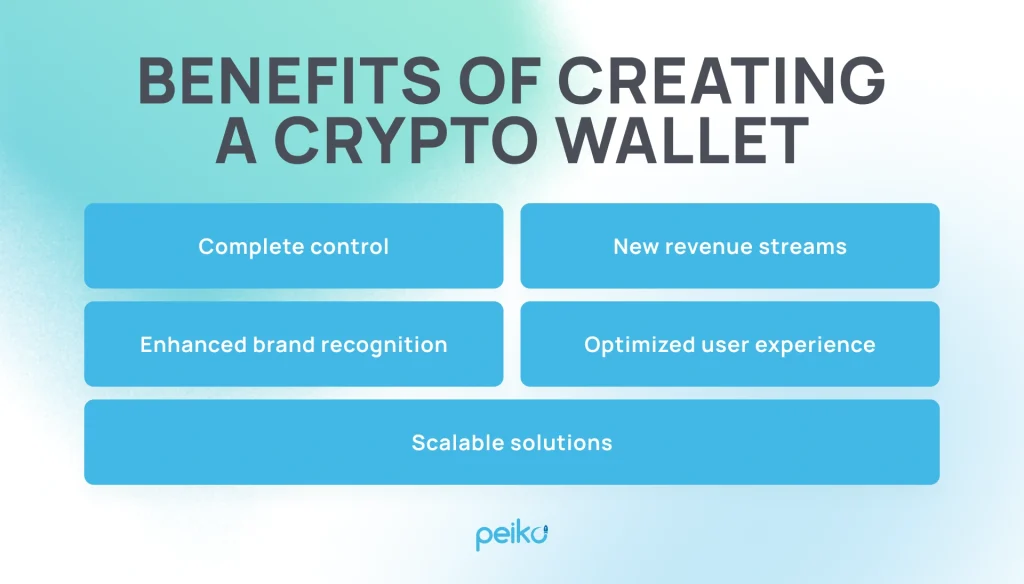
How does a blockchain wallet work?
Before we consider how to create crypto wallet, it is important to understand how blockchain wallets operate, focusing on essential features such as transactions, NFC, private key generation, and QR code usage.
Transactions
Blockchain wallets enable users to send and receive cryptocurrencies by recording transactions on the blockchain. Each transaction is verified and encrypted, ensuring secure transfers between users.
Near field communication
Some blockchain wallets use near-field communication (NFC) technology, allowing users to make quick, contactless payments or transfers by simply tapping their wallet on a compatible device. This refers to cold wallets.
Auto private key generation
Blockchain wallets automatically generate a private key upon creation. This key is crucial for securely accessing and managing your funds, ensuring that only you have control over your assets.
QR code
Many wallets use QR codes to simplify the process of sending and receiving funds. By scanning a recipient’s QR code, users can easily input the necessary wallet address, reducing the risk of errors.
The Peiko team is your reliable choice

How to create a blockchain wallet?
Choose a development partner who knows how to build cryptocurrency wallet and has a portfolio of successfully created projects and reviews from clients. For example, at Peiko, we offer a wide range of blockchain development services, including crypto wallet, crypto exchange development, and more.
You can see many exciting blockchain projects in our portfolio, such as Zoobdoo or Vorpal.
But let’s get back to crypto wallets. How to build crypto wallet? Creating your own cryptocurrency wallet involves several crucial steps. Let’s break them down one by one.
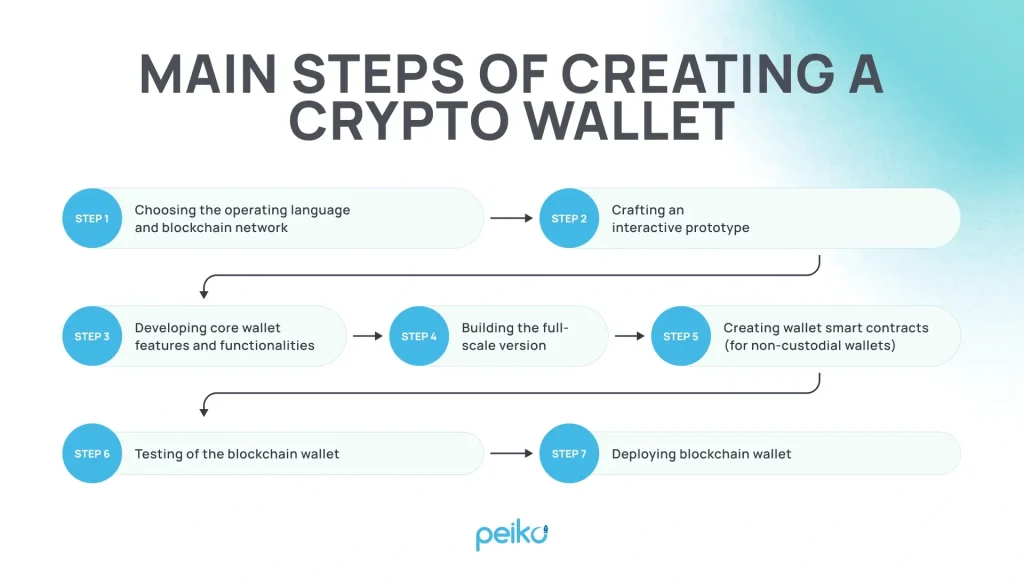
Step 1: Choosing the operating language and blockchain network
How to create a crypto wallet? Turn to Peiko to order top crypto wallet development services. We begin the process by generating a viable business concept for your cryptocurrency wallet app. The project manager carefully examines the project brief and takes into account the client’s preferences.
The team leader is responsible for establishing the technical specifications for the cryptocurrency wallet app. Our experts know how to build a crypto wallet app and will help you select an appropriate programming language and a blockchain network (such as Ethereum or Binance Smart Chain) for your solution. As a result, you will get a clear development roadmap.
Step 2: Crafting an interactive prototype
Before proceeding with full-scale development, creating an interactive prototype of the crypto wallet app is recommended. A prototype allows you to validate your app’s concept, gather user feedback, and refine the user experience before putting money into the full creation process.
If the client does not have a prototype or sketches of the user interface, the UI/UX designer makes it from scratch. First, a wireframe is built with the core details of the future solution, and then come prototypes. The final design is developed after the interface and required functions are approved by the customer.
Step 3: Developing core wallet features and functionalities
It is the next stage in our guide on how to build cryptocurrency wallet. Once the prototype has been validated, proceed with developing a minimum viable product (MVP) for your crypto wallet app. We build core functionalities like sending/receiving cryptocurrencies, transaction history tracking, and multi-asset support, ensuring the wallet is fully operational and efficient.
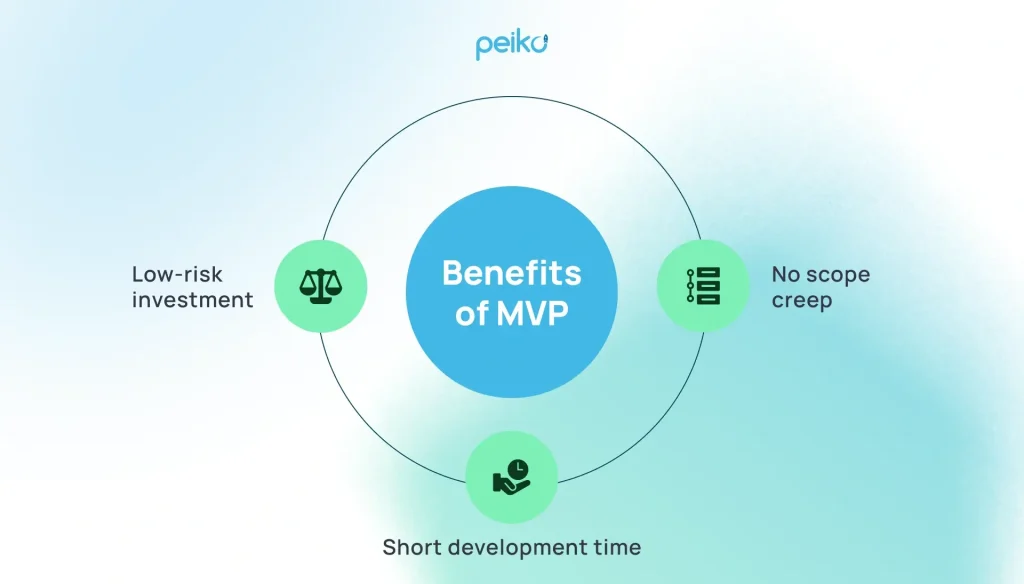
Step 4: Building the full-scale version
At this stage, developers begin writing program code, taking into account the technical specifications, brief, and available prototypes. When creating a wallet for iOS or Android, they use React Native and Flutter.
Our experts install the necessary cryptocurrencies and integrate APIs to facilitate blockchain communication, enabling real-time transaction and data exchange. We also add essential security measures such as encryption, two-factor authentication, and multi-signature options to safeguard user funds and sensitive information.
After the code is written and the solution is operational, the UI/UX designer checks the app’s interface. This development phase results in a full-fledged version of the crypto wallet that is ready for testing.
Step 5: Creating wallet smart contracts (for non-custodial wallets)
How to create a cryptocurrency wallet? Building a secure and user-friendly non custodial wallet hinges on robust smart contract development. These digital contracts act as the core for these wallets.
A smart contract represents an automated digital agreement stored securely within a blockchain network. It executes designated actions autonomously when predetermined conditions are met. Contracts function as a digital pact that enforces agreed-upon terms among various parties without requiring an intermediary.
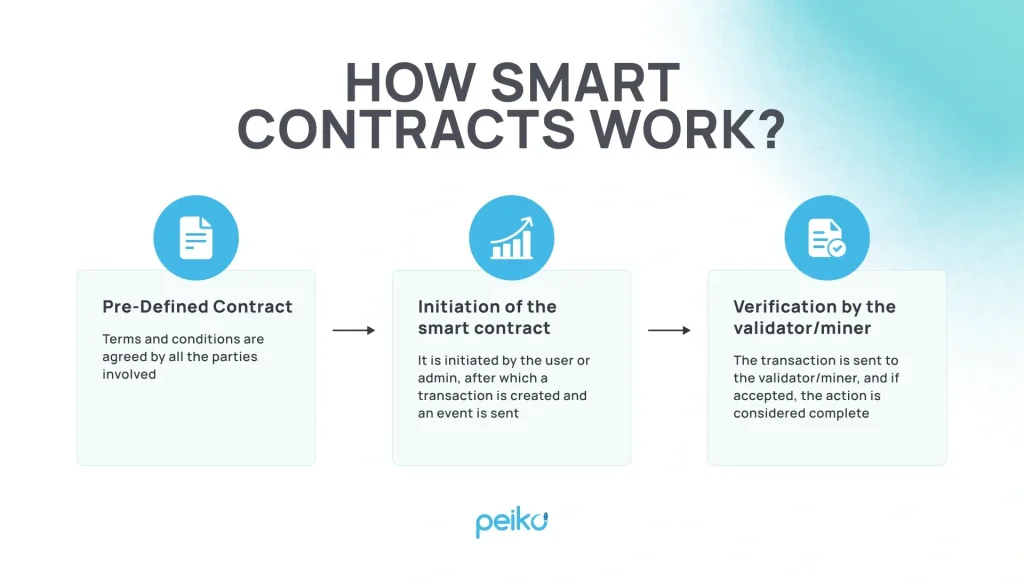
Smart contract audit test
At Peiko, we provide top smart contract development services to ensure your blockchain solution functions seamlessly. We know how to build cryptocurrency wallet and so we also perform smart contract audits to ensure these contracts operate without issues.
Step 6: Testing of the blockchain wallet
When the developers pass the comprehensive version of a wallet, QA engineers begin testing it. At Peiko, we test by considering all the application’s options. If we find bugs or shortcomings, we will correct them immediately. The full-scale version will be released only after all employees are convinced of the quality of the solution.
Step 7: Deploying blockchain wallet
After the team has completed testing and corrected possible shortcomings, the project manager publishes the mobile crypto wallet in the Apple App Store and/or Google Play. Or the customers themselves place the application on digital distribution platforms. It is important to monitor user feedback and app performance closely, and be ready to tackle any challenges promptly.
Key functionalities to include in your crypto wallet app
If you’re interested in how to build crypto wallet that will fascinate users – your crypto wallet application should offer robust features that meet your business aims. Here are the indispensable functionalities to integrate if you are asking how to make a crypto wallet:
- User authentication: Strengthen security with two-factor or multi-factor authentication.
- Funds storage system: Build a highly secure funds storage system inside the wallet.
- QR code scanner: Simplify transactions by scanning wallet addresses instantly.
- Multi-currency support: Allow management of multiple cryptocurrencies in one wallet.
- Push notifications: Notify users about transactions, balances, and price changes in real-time.
- Live conversion rates: Display up-to-date fiat and crypto exchange rates.
- Blockchain-based transactions: Enable secure, transparent, and fast fund transfers.
- Payment gateways: Facilitate buying and trading digital assets within the app.
- Optional session logout: Enhance security with automatic logout after inactivity.
To further enhance the appeal of your cryptocurrency wallet to users, consider integrating cutting-edge features such as:
- Customizable transaction fees: Let users adjust fees based on speed or cost preference.
- Airdrop listings: Boost engagement with easy access to token airdrop events.
- Multiple coin addresses: Manage diverse assets with support for multiple addresses.
- Personalized notifications: Alert users to preferred price movements and updates.
- Staking capabilities: Allow users to earn passive income through staking.
- Dark mode: Offer UI customization and reduce eye strain during long usage.
- DeFi integration: Expand functionality with access to decentralized finance tools.
The list provided serves as a suggestion. You have the freedom to pick the set of features to build a crypto wallet.
We are ready to implement your idea.

Crypto wallet development cost
How to create a crypto wallet app? Allocate a budget ranging from $40,000 to $120,000 for the development of your unique crypto wallet, aiming to introduce innovative functionalities and drive new crypto adoption scenarios.
If all you have is an idea, initiating the discovery phase is the optimal approach. This crucial step involves comprehensive research and analysis to refine your concept. Once you’ve crystallized your vision, transitioning to the creation of a rapid prototype is the next logical step. This initial prototype development typically incurs costs of around $4,000-9,000.
Turn to Peiko if you need help to create a cryptocurrency wallet. We are glad to discuss your idea and help you with blockchain and software development for startups so you will get a top crypto wallet that end-users will like.
Cryptocurrency wallet development technology stack
We know how to create a crypto wallet that attracts users and drives revenue. Building a cryptocurrency wallet requires a well-rounded understanding of the tech stack involved. From blockchain integration to user interface design, each component is essential in ensuring the solution’s security, functionality, and overall user experience.
- Blockchain integration, smart contracts development: Solidity is a programming language specifically designed for writing smart contracts on the Ethereum blockchain. It offers a robust framework for implementing complex logic securely.
- Backend development – Node.js (Nest): Node.js, coupled with Nest.js framework, provides a powerful backend solution for crypto wallet development. It offers scalability, real-time capabilities, and efficient handling of asynchronous operations. Clients can also opt for other backend technologies like Python, Laravel, C#, or Java.
- Frontend development: For the frontend, React.js or Vue.js combined with TypeScript is recommended for creating a responsive and user-friendly interface. These frameworks offer modular components, state management, and easy integration with backend services, ensuring a seamless user experience.
- Mobile app development: Developing a mobile app for the crypto wallet requires a versatile approach. React Native paired with TypeScript is an excellent choice, allowing developers to build cross-platform applications with native-like performance. Alternatively, clients may opt for native development using Kotlin, Swift, Flutter, or Java for platform-specific advantages and functionalities.
Through using the modern and robust technology stack, developers can create wallets that offer seamless transaction experiences and help drive the adoption of cryptocurrencies worldwide.
The Peiko team creates modern and reliable crypto wallets
How to build a crypto wallet? At Peiko, we have vast experience and profound expertise in providing top blockchain development services. Our approach to blockchain wallet development is rooted in a modern agile methodology, allowing us to adapt and iterate quickly in response to evolving project requirements and market dynamics.
By the way, credible platforms such as Clutch, GoodFirms, and others have proved our reliability, including Peiko in top blockchain development firms over the years.
Now, we will show you one of our successful crypto wallet projects. Bitcoin Additional is a reliable mobile cryptocurrency wallet developed by Peiko. It is convenient to use, and its functionality helps individuals manage their digital assets. This wallet offers support for transfers to contacts, multi-coin compatibility, and an offline payment feature. Bitcoin Additional streamlines cryptocurrency transactions for users everywhere and from any device.
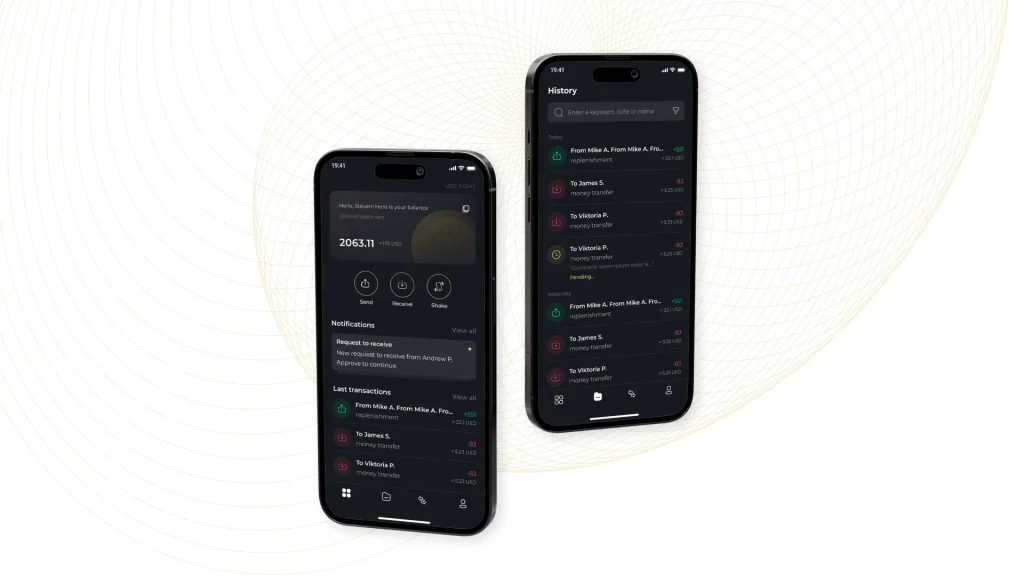
One of the primary tasks in this blockchain wallet development was adapting the application design for tablet devices to ensure optimal user experiences across diverse screen sizes. We successfully coupled with this challenge, making the app user-friendly and responsible on various devices.
Another pivotal aspect of the project involved implementing QR code generation, simplifying transaction processes by enabling users to generate wallet addresses effortlessly. Furthermore, the introduction of the Shake-to-Pay feature brought innovation to the forefront, allowing users to initiate coin transfers with a simple shake gesture.
The synchronization of the contact book enhanced user connectivity and engagement. Thus, we empower users to seamlessly connect with their contacts and extend invitations within the application.

Peiko remained steadfast in prioritizing the security of user data. To ensure bank-level security standards, the team adopted industry best practices.
Since its launch, Bitcoin Additional has garnered widespread adoption, boasting thousands of users. They rely on its intuitive interface and secure functionalities to manage their cryptocurrency holdings effectively.
How to create crypto wallet? If you need to create a robust blockchain wallet, a modern crypto exchange, a cryptocurrency software design, or assistance with developing any other blockchain project, turn to us. We know that we can help.
Conclusion
The surge in various blockchain techonology solutions and their use cases can be attributed to the widespread popularity of cryptocurrencies. The crypto wallets hold significant importance as it grants users control over their cryptocurrency assets. Through this blog post on how to create a crypto wallet, we aimed to provide readers with a deep understanding of the full app creation process.
A successful cryptocurrency wallet app development involves not only technical expertise but also a keen understanding of user needs and the ever-changing regulatory landscape.
With dedication and innovation, your crypto wallet app has the potential to empower individuals and improve the way we interact with digital currencies.
How to make crypto wallet? If you are ready to unlock the future of finance with a robust blockchain wallet, turn to Peiko.
No comments yet. Be the first to comment!











